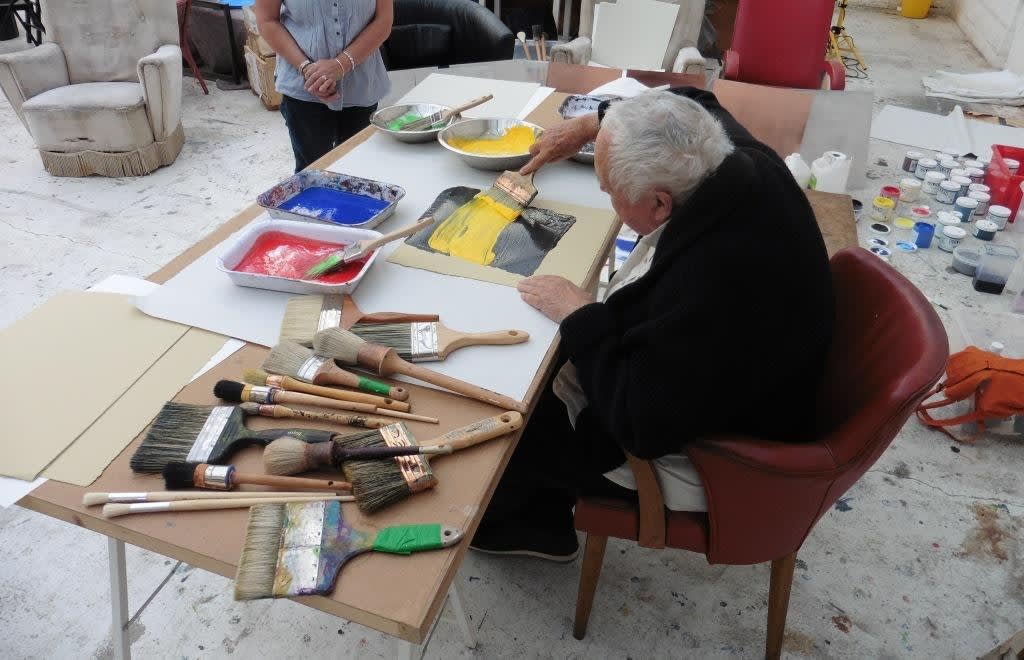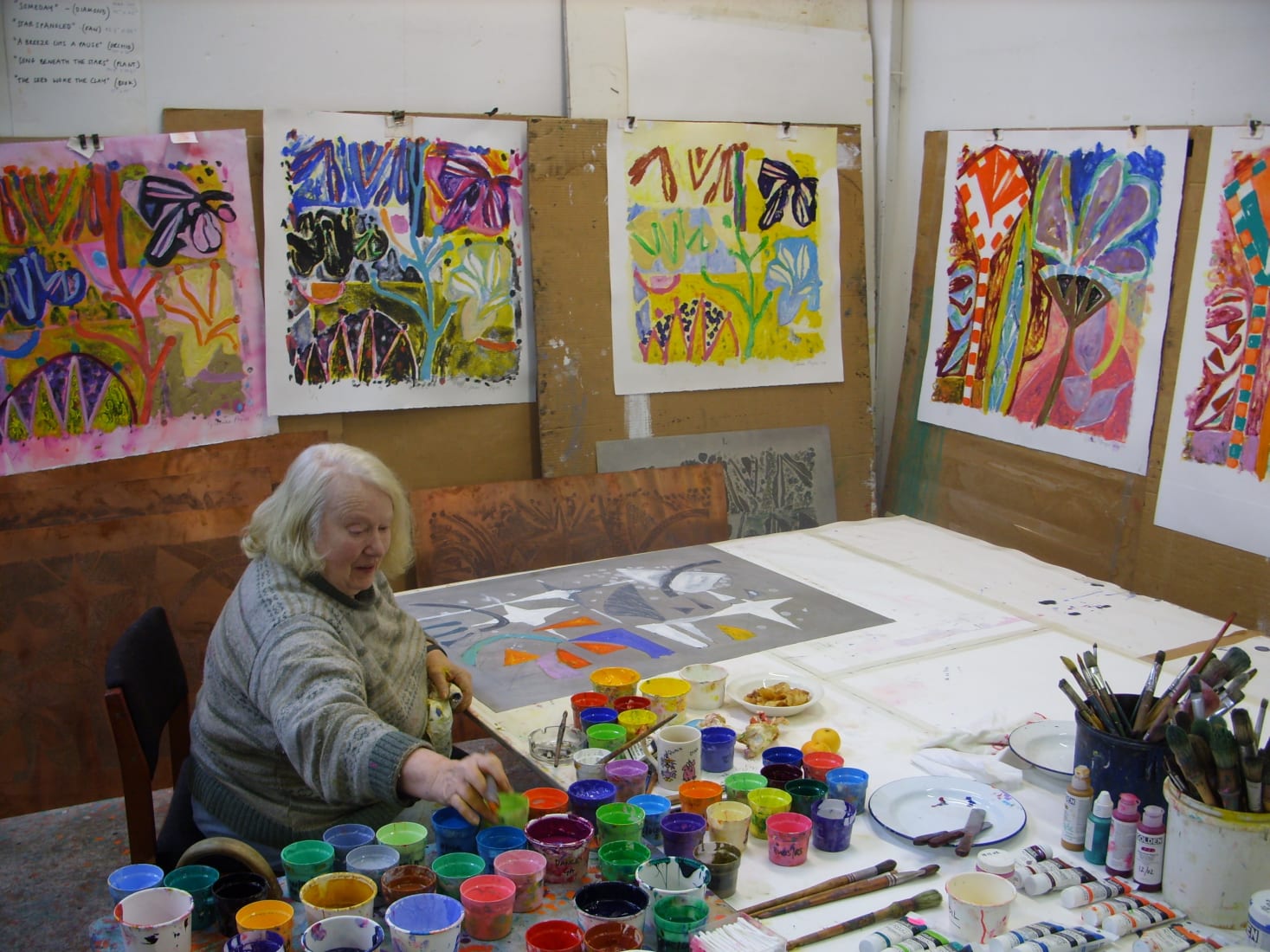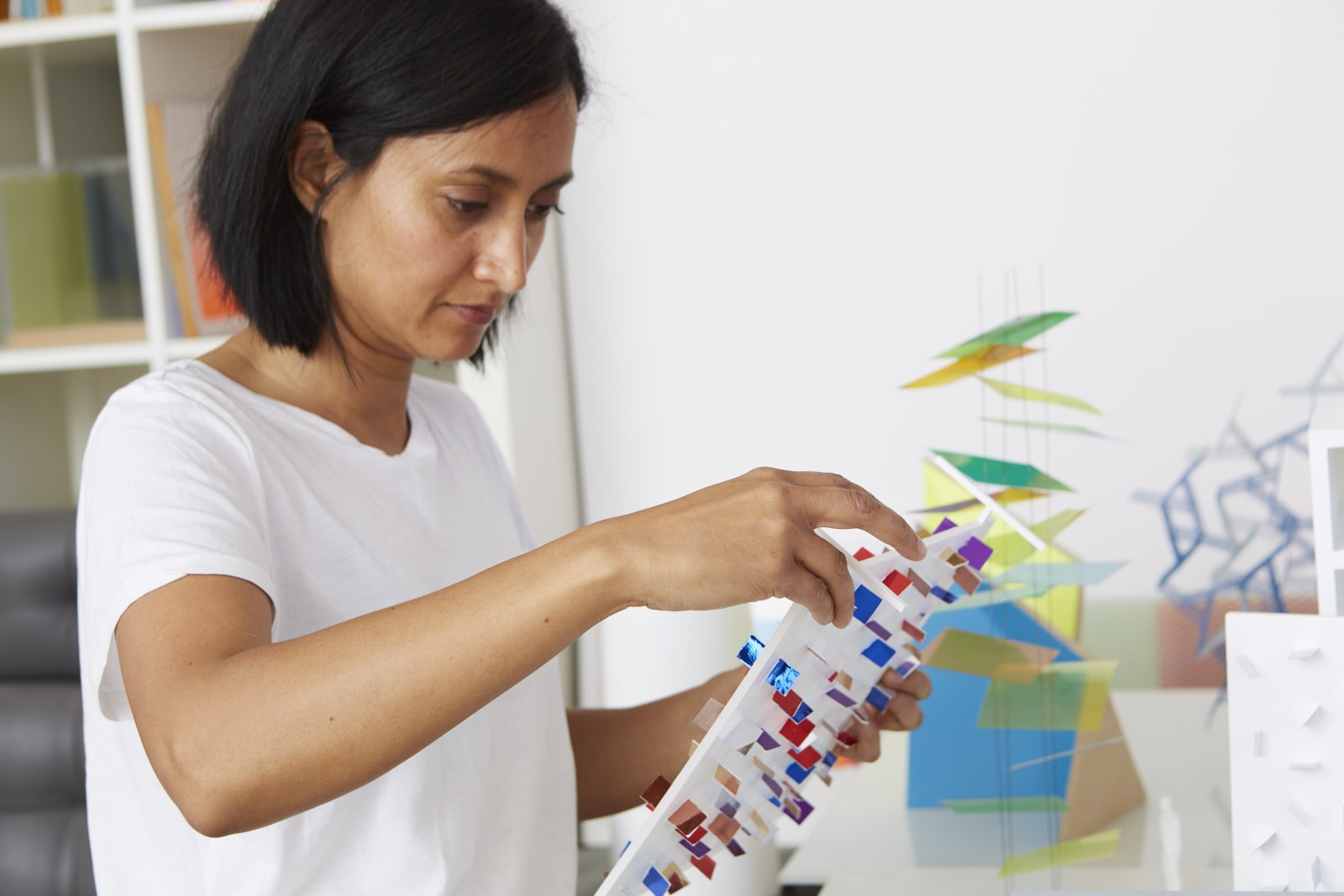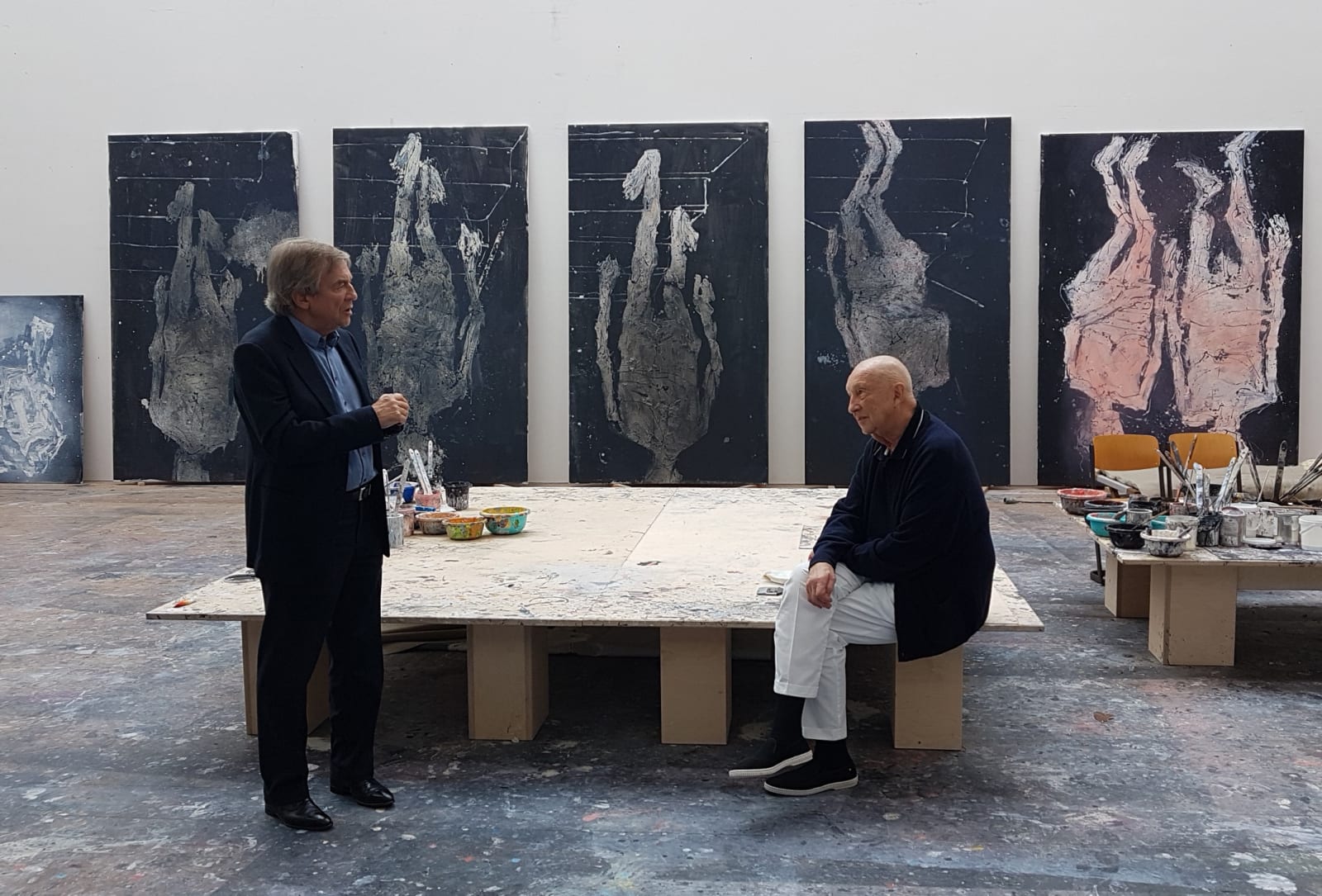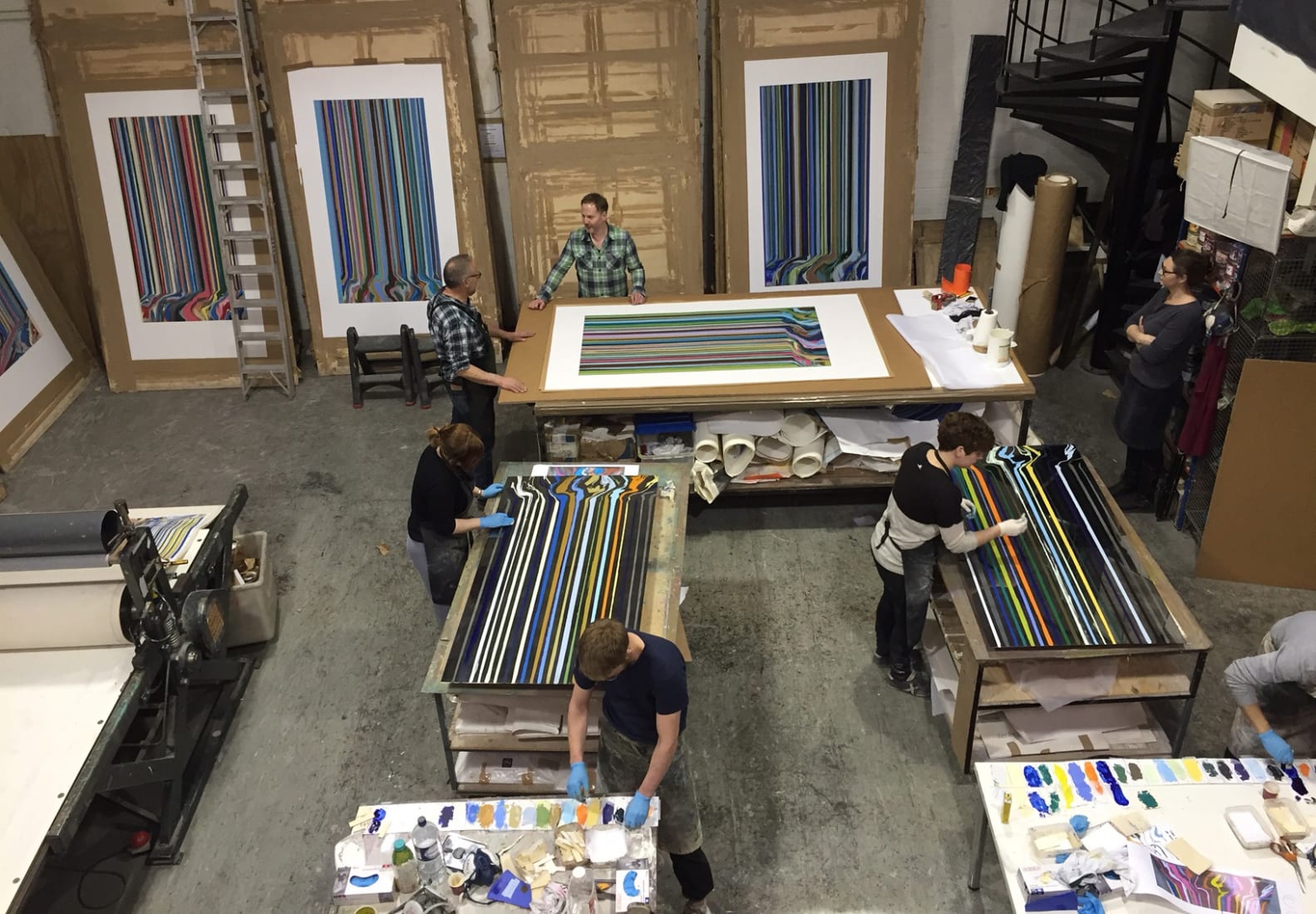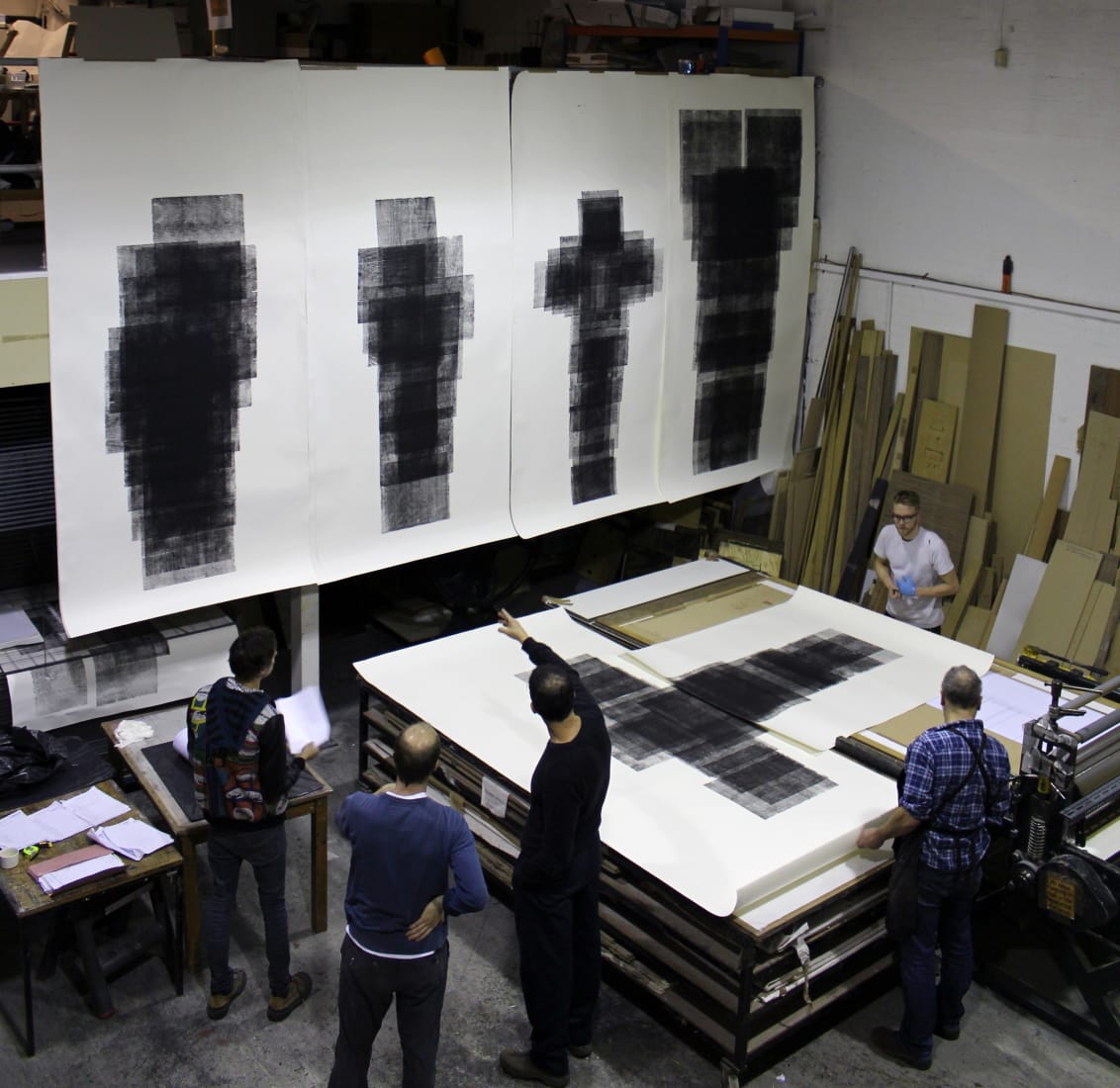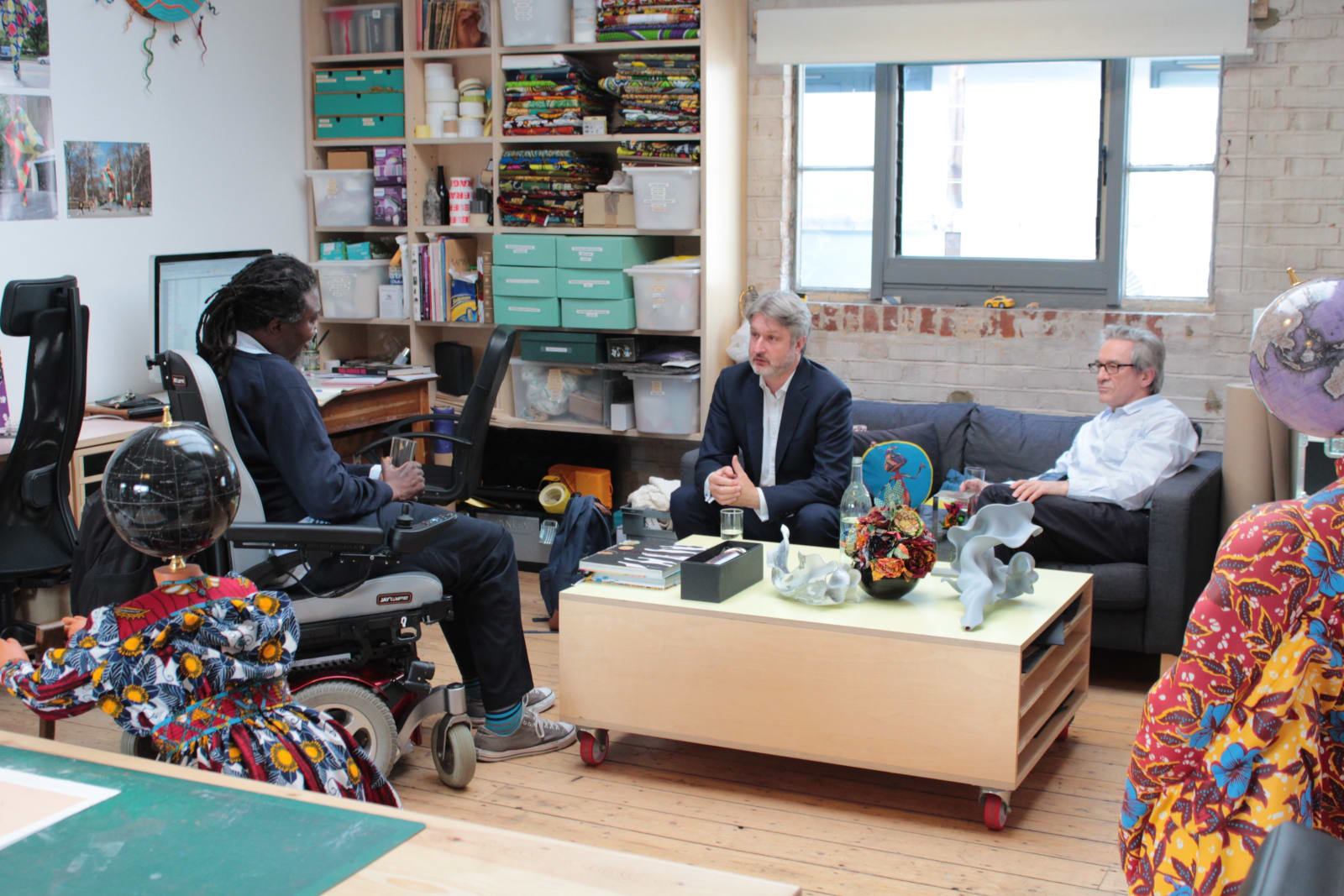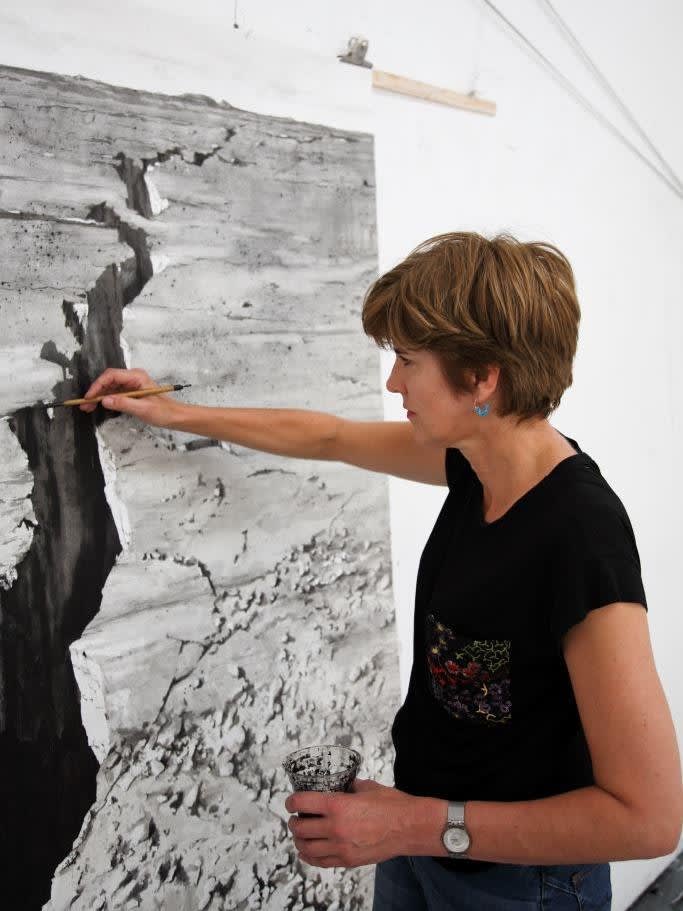FREDA AND YOU CAN ALWAYS COME HOME WIN TOP JURY AWARDS AT 39TH MIAMI FILM FESTIVAL; FEATURE AWARDS ALSO GIVEN TO YOU RESEMBLE ME AND CARAJITA
Two family dramas, the feature film Freda and short film “You Can Always Come Home” earned top prizes at the 39th edition of Miami Dade College’s(MDC) acclaimed Miami Film Festival. Presented in a hybrid format this year, with both in-theater and virtual presentations the 2022 Festival ran from March 4-13.
Making its US premiere at this year’s Festival, Freda, directed by Géssica Généus, earned thetop award for her first feature set in Haiti, the $25,000 Knight MARIMBAS Award, supported by the John S. and James L. Knight Foundation, an international competition for new narrative feature films that best exemplify richness and resonance for cinema’s future. The winning film was selected by jury members Damon D’Oliveria, April Dobbins and Rubén Peralta Rigaud. The jury said, “this film resonated with all of us for its strong, female-centered narrative, and its exceptional performances from emerging actors. We couldn’t stop thinking about this world and these characters, and we appreciated being immersed in a place that we don’t often see onscreen – portrayed in such a realistic, but tender way.”
The jury also gave special recognition to actor Haztin Navarrete from The Box and actress Mari Oliveira from Medusa saying, “for two magnetic performances that we couldn’t take our eyes off.”
The $55,000 Knight Made in MIA Film Award, supported by the Knight Foundation, is given to three films that have a substantial portion of their content in South Florida and that best utilize their story and theme for universal resonance. They were evaluated by jury membersMollye Asher, Nicholas Griffin, Johann Zietsman, and Keisha Rae Witherspoon, who won the Knight Made in MIA Award for her 2020 short drama, T.
“You Can Always Come Home,” directed by Juan Luis Matos won the $30,000 first prize. The jury said, “this is a film that radiates with the joyous spirit of Miami in its embrace of family, community and place while also embodying the universal meaning of home.” Second prize ($15,000) went to “In Beauty It Is Unfinished,” directed by Greko Sklavounos. The jury said, “this poetic offering is a gorgeous fever dream that captures longing, fragments of memory and a poetic gaze at a Miami that is both familiar but also made a new. Made personal.” Third prize ($10,000) went to “Un Pequeño Corte,” directed by Marianna Serrano, which the jury called, “this is a charming and powerful story that serves as a portrait of an independent spirit in a world demanding conformity.”
The family drama You Resemble Me, directed by Dina Amer, garnered the $10,000 Jordan Ressler First Feature Award. This honor, sponsored by the South Florida family of the late Jordan Ressler, is presented to the best film made by a filmmaker making a feature narrative film debut. The selection committee, comprised of Estrella Araiza, Jonathan Cuartas and 2019 Jordan Ressler Award winner Alexandre Moratto, said in a statement, “we chose the film for its bold depiction of fragmented identity and social inequality through its masterful weaving of styles.Part intimate character study, part topical drama and part documentary, this fearless filmmaker, a former journalist who reported on the real life events that inspired the film, take a personal approach that is at once earnest and troubling, moving and provocative. The Jordan Ressler First Feature Award goes to Dina Amer for You Resemble Me.”
The drama Carajita, co-produced by Wooden Boat Productions (Dominican Republic) and Pucará Cine (Argentina), took home the $10,000 HBO Ibero-American Feature Film Award, sponsored by WarnerMedia. The film, about class and racial issues in Latin America and the Caribbean, was selected by jury members Carlos Aguilar, Leslie Cohen and Brandon Harris. The annual prize is given to the best nominated U.S. Hispanic or Ibero-American narrative feature film, and is awarded to the lead producer or production company.
Set during the era of China’s Cultural Revolution, the deeply moving war drama One Secondwon the Rene Rodriguez Critics Award, selected by accredited film critics covering the Festival. The film, screened as a Special Presentation, is directed by Chinese filmmaker Zhang Yimou, a three-time Oscar nominee for Best Foreign Language Film.
Felipe Perez Santiago, composer of Amalgama, earned the Alacran Music in Film Award, sponsored by Alacran Studios. The award highlights the power of music and film and celebrates the role of the film composer. Art of Light (Composer) Award honoree Cristobal Tapia de Veer selected the winner.
The short film category is toplined by the $10,000 WarnerMedia OneFifty Latino Short Film Award, judged by HBO and Miami Film Festival programmers, which bestows $5,000 upon the winner and $1,250 each to four runners-up. The top prize went to the dramatic short “Hector’s Woman (La mujer de Héctor)” from NYC-based Puerto Rican filmmaker Ricardo Varona, with other prizes given to “Chilly & Milly,” “It’s Not Her (No Es Ella),” “For Some Horses (Por unoscaballos),” and “The Year of the Radio (El Año del Radio).”
Pakistani filmmaker Ali Sohail Jaura earned the $5,000 Miami International Short Film award,given by select members of Miami Film Festival’s Program Committee, for his historical war drama “Murder Tongue,” which illuminates one of the most brutal chapters in the history of Karachi, Pakistan.
The $500 University of Miami Short Documentary Film Award, as judged by University of Miami School of Communications faculty members, was given to “The Originals,” directed by Cristina Costantini and Alfie Koetter, a ten-year retrospective through the eyes of their former landlord and his childhood friends about growing up in South Brooklyn. “Firelei Báez: An Open Horizon (or) The Stillness of a Wound,” directed by Souki Mehdaoui, received an honorable mention.
The Audience Short Film Award went to romantic comedy “Cariño,” directed by Fernanda Lamuño. First runner up was “Un Pequeño Corte,” directed by Mariana Serrano and second runner up “Madame Pipi,” directed by Rachelle Salnave.
This year’s Best Poster Award went to two outstanding images. Designed by Nate Biller of Jump Cut, the poster for the period drama Parsley evoked the style of Hollywood epics of the 1930s, according to the Festival’s selection panel, while it “subverts those traditions by foregrounding Black Latinx/Haitian characters” to create a timely statement at once “poignant and powerful.” Sander Brouwer’s work for the Chilean thriller Immersion, spotlighting a man unwilling to help a sinking boat, “moved” the judges “immensely” through an inverted submergence in emotion, “a conflict of morals and paranoia,” that can prevent human beings from acting compassionately.
Previous Knight Marimbas Award winner Lorenz Metz served as trailer editor of his own film, the Switzerland-produced Soul of a Beast, a conflicted romantic drama which was chosen for this year’s Best Trailer Award by select members of the Festival’s Program Committee.
Returning in 2022 is the $1,000 Florida Cinemaslam Student Film Award, judged by previous Cinemaslam-winning alumni, with its cash prize going to the gay character study The Truth of a Thousand Nights, directed by Chris Molina. Other non-cash awards were given in five categories: Offside, directed by Emiliano Gioffre (Best Writing), Offside, directed by Emiliano Gioffre (Best Actor), One Call Away, directed by Camila Marcano (Best Actress), Cut Short,directed by Charlie Andelman (Best Cinematography) and Symfaunic, directed by Erin Bergin and Darby Kate Snyder (Best Technical Achievement).
The winners of the Audience Award Feature and Documentary Achievement Award,determined by a vote from members of the Festival’s public audience, will be announced after the end of the Festival.
About Miami Dade College’s Miami Film Festival
Miami Film Festival is an international film event that serves as a major film showcase for world cinema. Considered the preeminent film festival for highlighting Ibero-American cinema in the U.S, Miami Film Festival has become renowned for championing films made by the South Florida community, first-time feature filmmakers, and International Feature Film submissions to the Academy Awards. The annual Festival, produced and presented by Miami Dade College, attracts more than 60,000 audience members and more than 400 filmmakers, producers, talent, and industry professionals. Since 1984, the Festival has screened over 2,500 films from more than 75 countries and given out more than $2 million USD in cash awards to filmmakers and distributors. Major sponsors of Miami Film Festival GEMS include Knight Foundation, American Airlines, Telemundo, NBC6, and Miami-Dade County. Miami Film Festival is the oldest major festival housed in a university or college and also operates a year-round art cinema, Tower Theater Miami and Miami Film Festival GEMS in October. For more information, visit miamifilmfestival.com or call 305-237-FILM (3456).
About WarnerMedia
WarnerMedia is a leading media and entertainment company that creates and distributes premium and popular content from a diverse array of talented storytellers and journalists to global audiences through its consumer brands, including HBO, HBO Max, Warner Bros., TNT, TBS, truTV, CNN, DC, New Line, Cartoon Network, Adult Swim, Turner Classic Movies, and others. WarnerMedia is part of AT&T Inc. (NYSE:T).
About the John S. and James L. Knight Foundation
Knight Foundation is a national foundation with strong local roots. We invest in journalism, in the arts, and in the success of cities where brothers John S. and James L. Knight once published newspapers. Our goal is to foster informed and engaged communities, which we believe are essential for a healthy democracy. For more, visit KF.org.
About Jordan Alexander Ressler Charitable Fund
The Jordan Ressler First Feature Award at Miami Film Festival recognizes and supports artists in their careers as professional screenwriters. It was created by the South Florida family of Jordan Alexander Ressler, an aspiring screenwriter and Cornell University film studies graduate who, during his brief entertainment career, held production positions with the Tony award-winning Broadway hits 700 Sundays with Billy Crystal and Jersey Boys.
About Alacran Group
Alacran Group is an independent entertainment company based in Miami and London and was born out of a deep love and passion for music and film. Alacran’s mission to turn dreams into reality and believes that the creative combination of sound and moving images deeply enriches the emotional experience.
MDC’s Miami Film Festival Media Relations Contacts:
NEW YORK / LOS ANGELES / TRADE:
Steven Wilson, Scenario PR | (310) 497-4951 | [email protected]
Chelsea Brandon, Scenario PR | [email protected]
MIAMI:
Rachel Pinzur, Pinzur Communications | (305) 725-2875 | [email protected]
MDC Media-Only Contacts:
Juan C. Mendieta, MDC Director of Communications
305-237-7611
Sue Arrowsmith, MDC Director of Media Relations
305-237-3710





